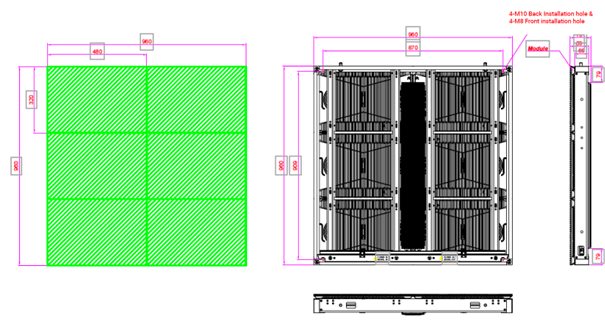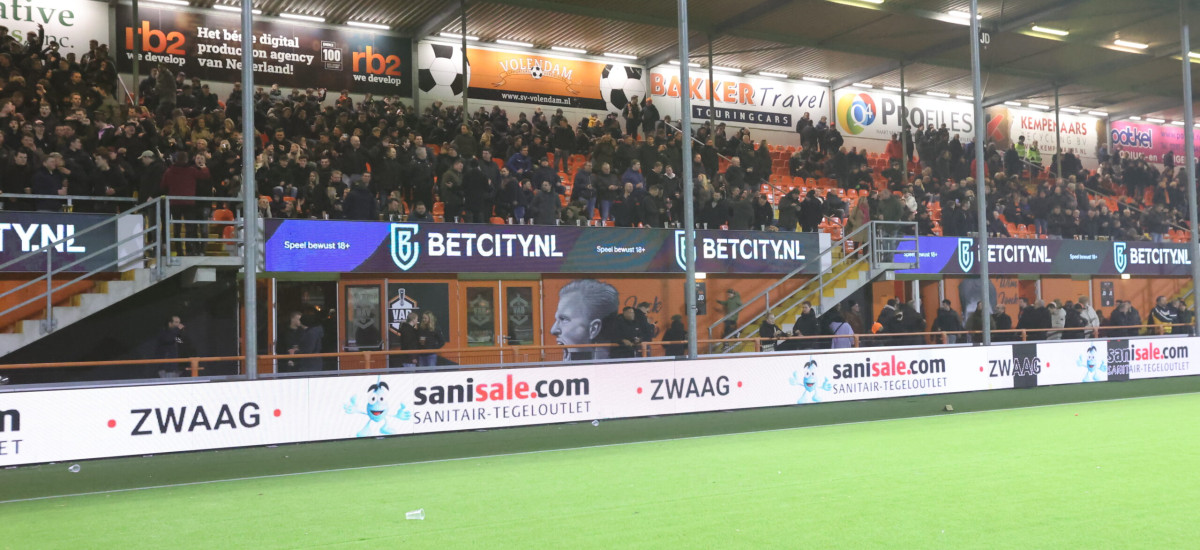7/3/2023
Dutch football club FC Volendam has been advised to investigate the reaction to fire of its new COBALT P6.67 LED panels. These panels are installed around the playing field to display advertising during matches.
The aim of the study is to evaluate the fire characteristics of LED according to the determination methods of the BS 5852:2006, with a so-called ‘wooden crib ignition, source 7’ as described in §9.3 of the standard.
The wooden cribs are made of dried softwood – Pinus silvestris – and filled with 1.4 ± 0.1 ml of propan-2-ol for the ignition.
However, the BS 5852:2006 is written for the following scope, §1:
This British Standard describes methods for assessing the ignitability of single material combinations, e.g. covers and fillings used in upholstered seating, or complete items of seating, when subjected […] to flaming ignition sources of thermal output ranging from that of a burning match to that approximating to the burning of four double sheets of full-size newspaper [Think of a weekend edition of the NYTimes], as might be applied accidentally to any item of furniture.
In this study it was chosen to test the LED panel according to the BS 5852:2006 procedure, this for comparison purposes: test this product in accordance with the same criteria by which the chairs in that same stadium were tested.
The BS 5852:2006 describes the following key elements:
- A 60-minute observation timeframe after ignition of the fire source, to assess any progressive smouldering.
- A 13-minute observation timeframe after ignition of the fire source, to observe flaming on the specimen.
- The test is performed twice if in the first test the material of the tested product meets the requirement.
At the request of the client, the flame spread on the panel was supervised, and had to stay within the triangle going from the bottom to the top half of the specimen.

Tested LED panel drawings
The following was observed during the tests:
- No smouldering or burning was observed on the front of the screen after the crib fire was extinguished.
- No smouldering or burning was observed on the back of the screen after the crib fire was extinguished.
- No flame spread outside of the previously stated triangle zone was observed: in fact the observed burned area was a fraction of that.
- The electrical elements, protected in an aluminium box at the back of the panel, was not damaged.
The LED panels were first put into use during a football match just a few weeks after the test.
At the Reaction to Fire team of Efectis Nederland, we offer more than just standard testing services. We are ready to conduct custom tests to meet the specific needs and concerns of our clients regarding product safety and reaction to fire.
For more information, please contact: Gert van der Lee

